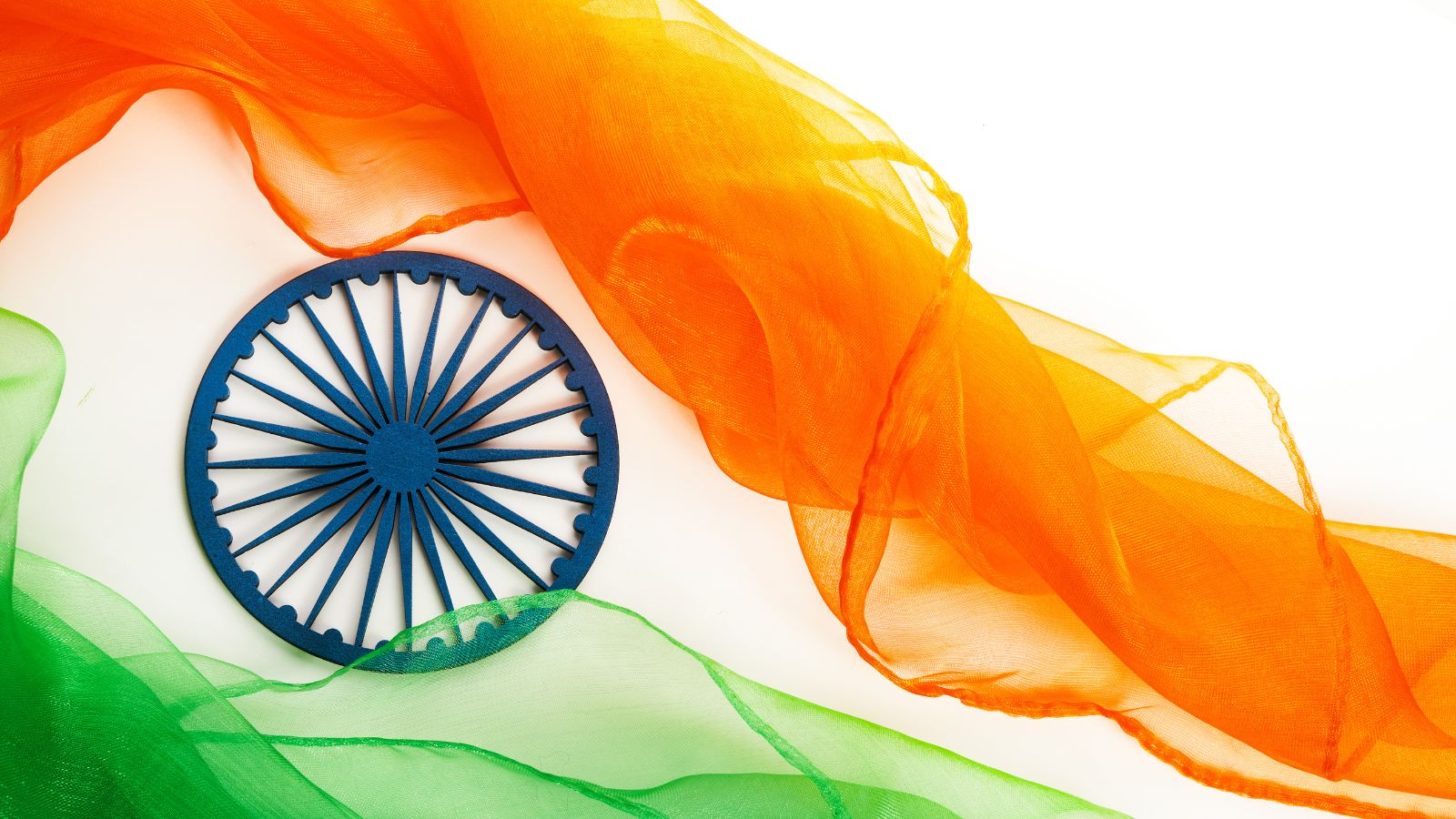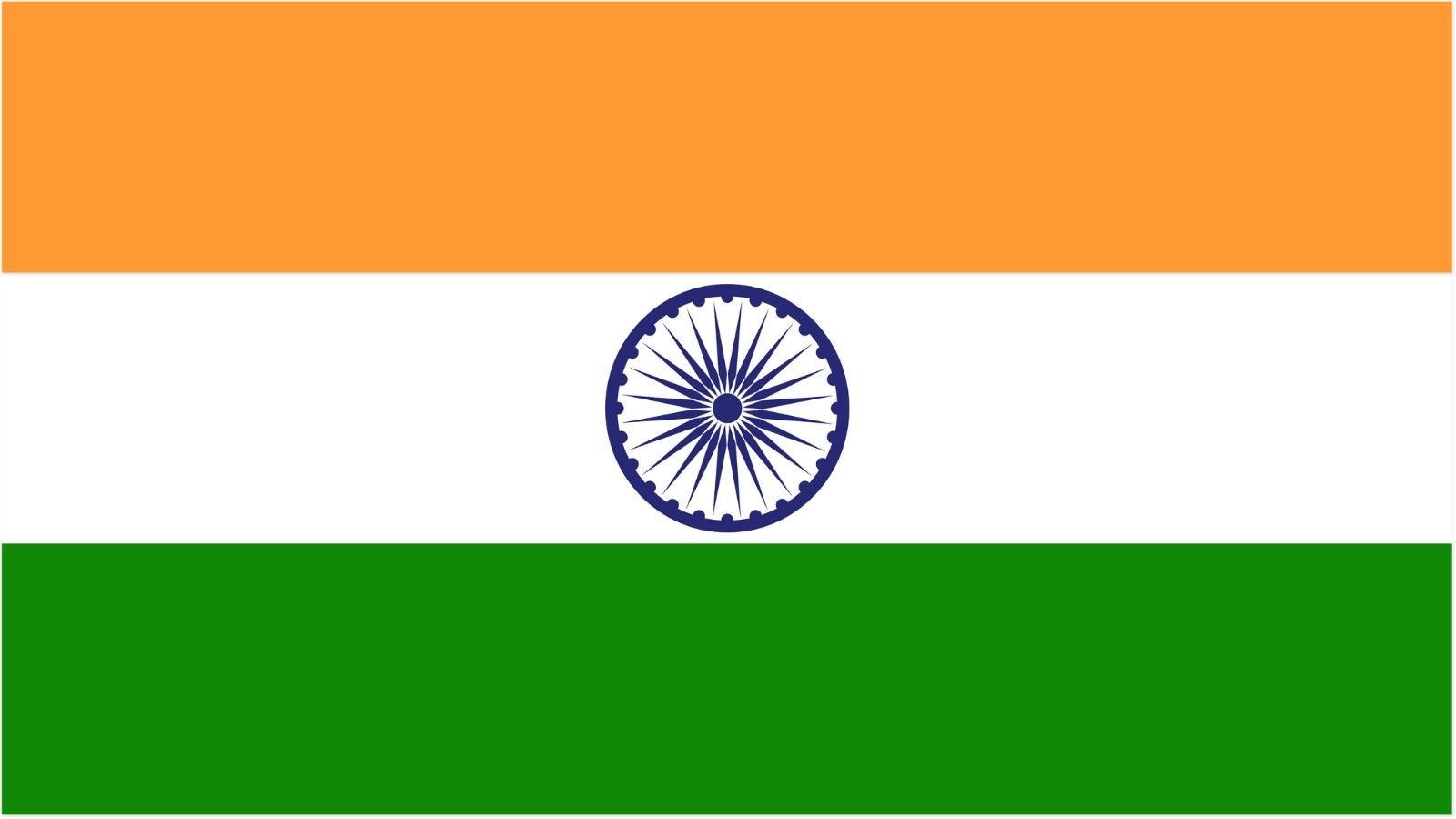Pingali Venkayya, a visionary freedom fighter and patriot, is best remembered for his role in conceptualizing the design on which the Indian national flag was based.
Born in 1876 in Bhatlapenumarru, a small village near Machilipatnam in present-day Andhra Pradesh, Venkayya had a diverse career. He was an agriculturist, educationist, geologist, railway guard, and a polyglot. He also served in the British Army during the Boer War in South Africa and authored a book titled Thalli Raayi on diamond mining.
The Initial Design of the Flag
In 1916, as the Indian independence movement gained momentum, Venkayya began exploring the idea of a national flag. His early designs incorporated various elements, evolving over time.
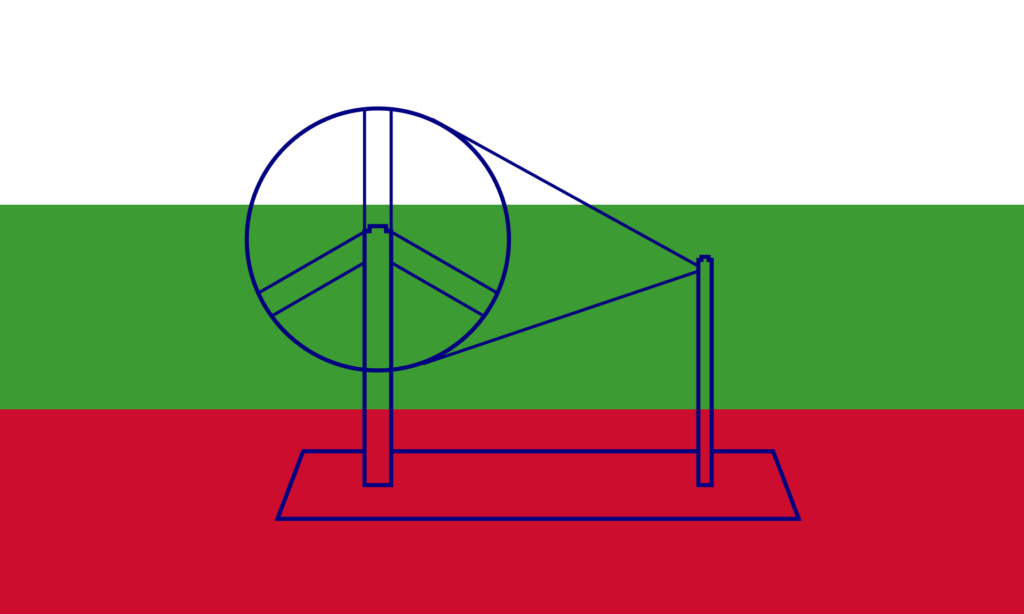
In 1921, during a session of the Indian National Congress in Vijayawada, Venkayya presented a flag design featuring two horizontal stripes—red and green, representing the two major communities in India. At Mahatma Gandhi’s suggestion, Venkayya added a white stripe to symbolize peace and the inclusion of all communities. A spinning wheel (charkha) was placed in the center to represent self-reliance and progress. This design, known as the “Swaraj Flag,” became a significant emblem of the Indian independence movement.
Improvements and Final Design
In 1931, the red stripe was replaced with saffron to symbolize sacrifice and courage, while the green and white stripes remained. The spinning wheel was retained in an improved form to reflect Gandhi’s vision of self-sufficiency.
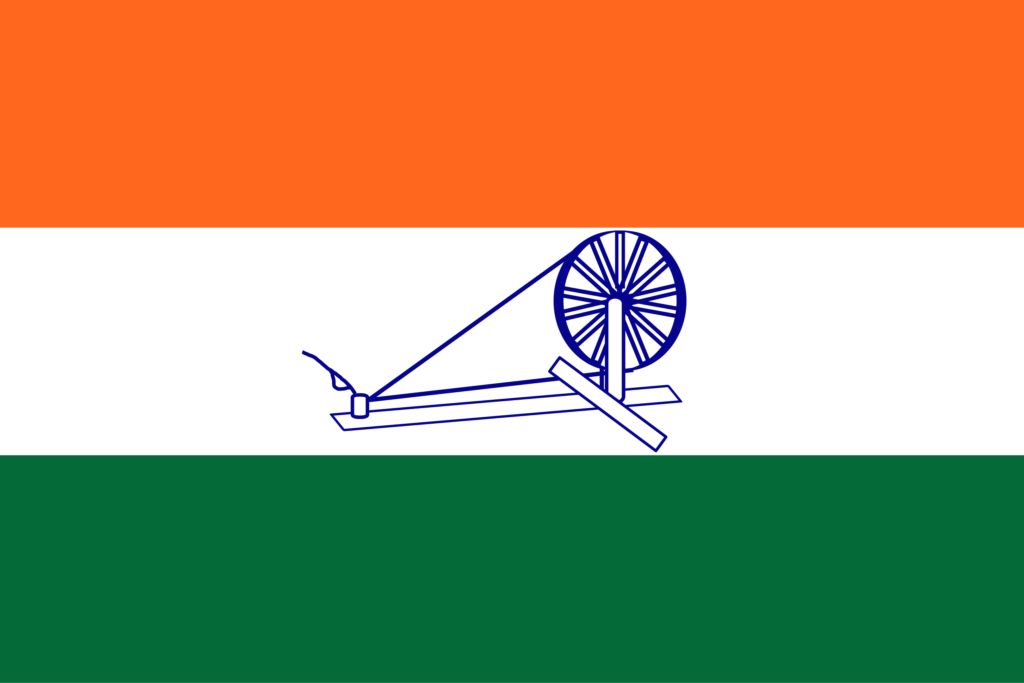
On July 22, 1947, just before India gained independence, the Constituent Assembly adopted the final design of the flag. The flag now featured three horizontal stripes of equal width—saffron at the top, white in the middle, and green at the bottom. The spinning wheel was replaced by the Ashoka Chakra, a navy blue, 24-spoked wheel derived from the Lion Capital of Ashoka, symbolizing justice, progress, and righteousness.
A Forgotten Hero
Pingali Venkayya’s design laid the foundation for the Indian tricolor, and earned him the moniker Jhanda (flag) Venkayya. Despite his crucial contribution, he spent his final years in utter penury. He passed away in Vijayawada in 1963, largely forgotten by world around.
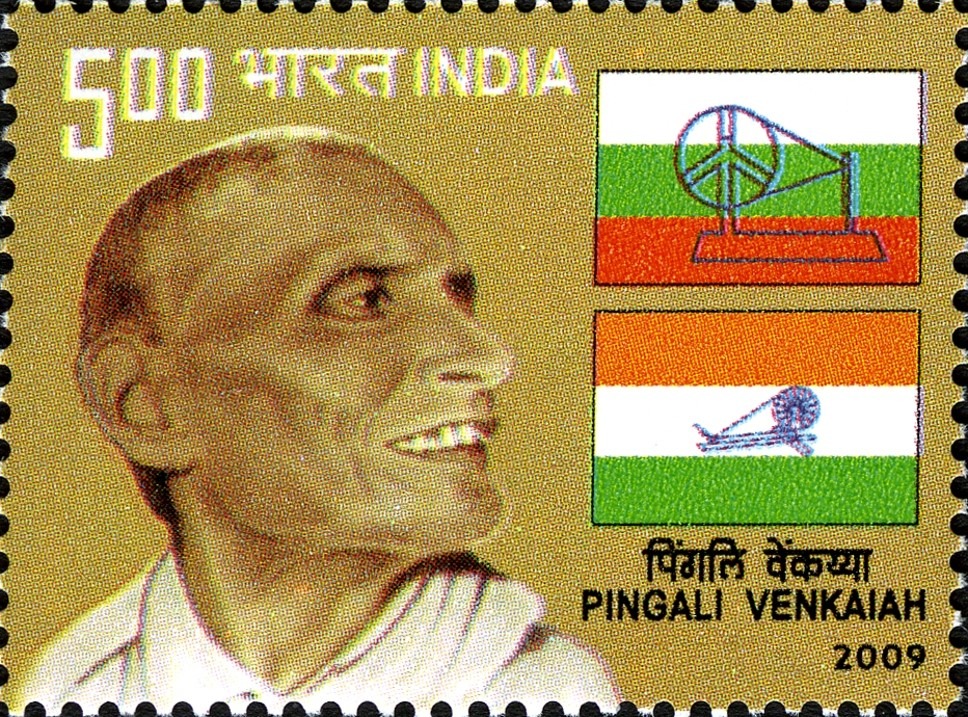
In 2009, the Indian government honored him with a commemorative postage stamp. This honor came too late to provide the recognition he deserved during his lifetime.
